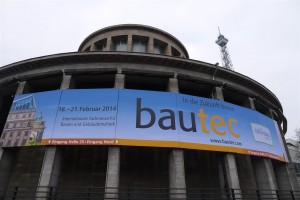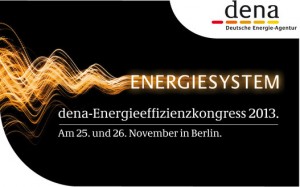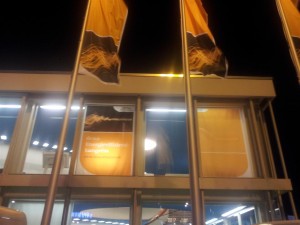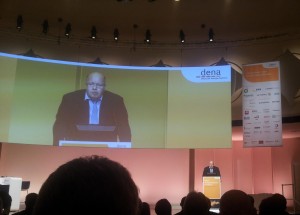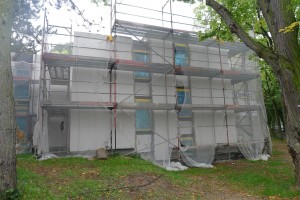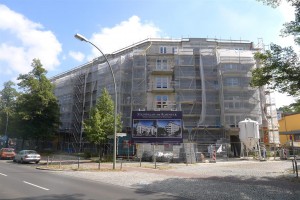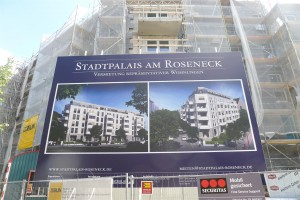[A version of this post also appears at GreenBuildingAdvisor.com]
In mid October of last year, the German government approved amendments to its Energie Einsparung Verordnung (EnEV), the federal ordinance that mandates energy efficiency for buildings. Negotiations about revisions to the EnEV were prolonged and heated. The ordinance that was passed is a testament both to the collaborative abilities of the government’s various factions, and to the importance the German public places on the country’s Energy Transition. This latest version of the EnEV reflects the government’s relevant energy policy decisions, and it brings the ordinance into alignment with the latest European Union Directive regarding building energy performance.
On May 1 of this year, the changes that were approved last October came into force. New requirements relating to building energy labeling and heating systems are now in effect, but a key provision of the so-called EnEV 2014 — tighter requirements for building energy efficiency — will not be in force until 2016. Continue reading


